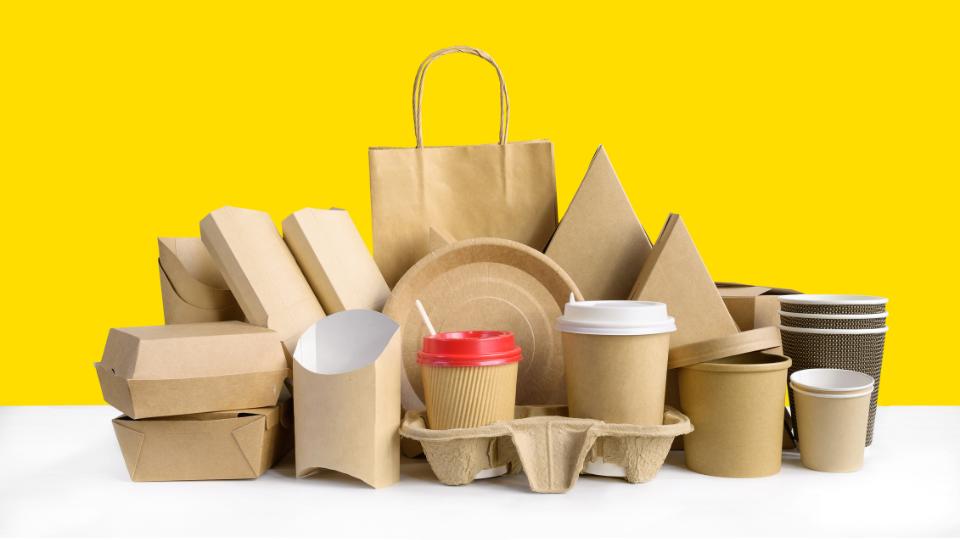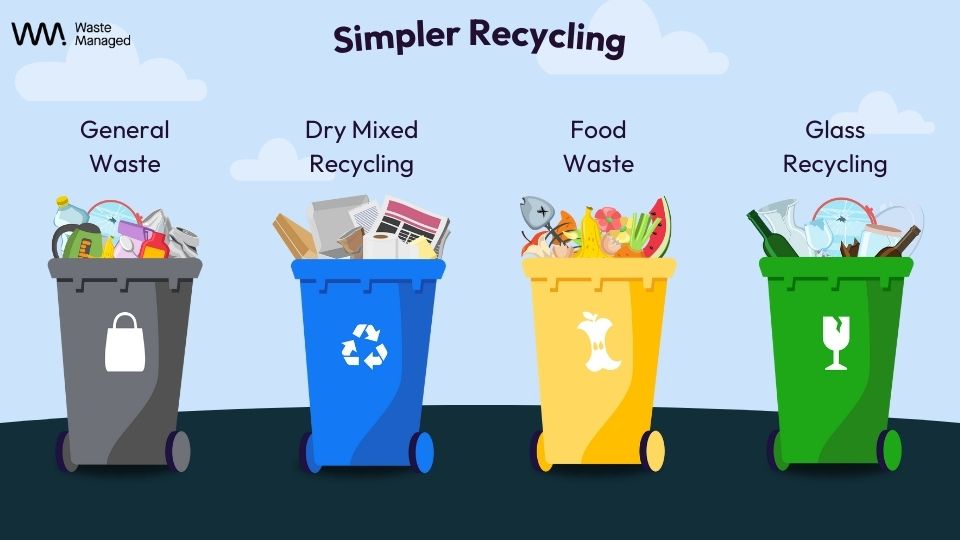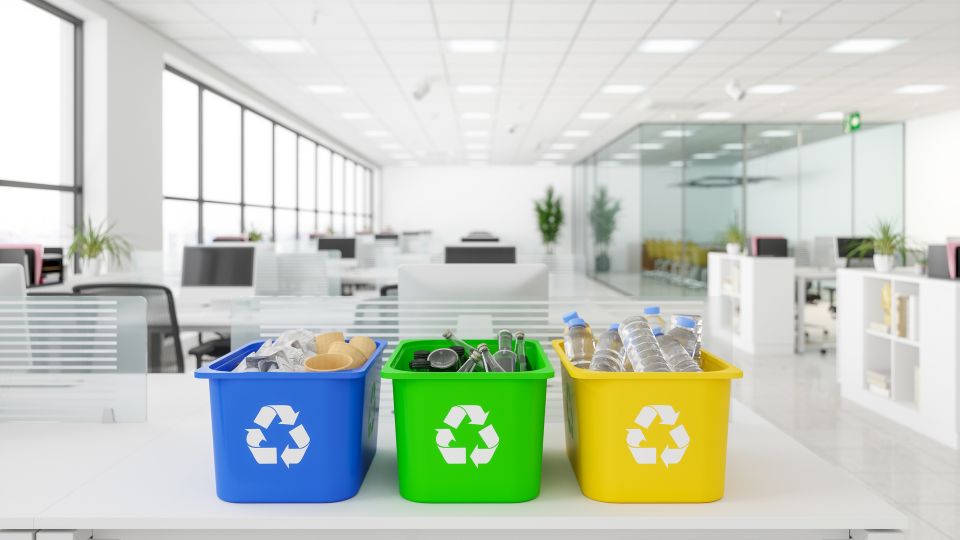
The impact of plastic packaging on the environment has become a growing concern in recent years.
With the rise of the zero-waste movement and the need to reduce our carbon footprint, finding sustainable alternatives to plastic packaging has become more important than ever.
Fortunately, there are many eco-friendly recyclable packaging options available today that can help reduce waste and environmental impact.
Here are some of the most popular alternatives to plastic packaging
Table of Contents
- Biodegradable Packaging
- Paper Packaging
- Glass Packaging
- Metal Packaging
- Compostable Packaging
- Reusable Packaging
- Plant-Based Plastics
- Edible Packaging
- Conclusion
Biodegradable Packaging
Biodegradable packaging is designed to break down naturally in the environment without causing any harm to wildlife or ecosystems.
This type of recyclable packaging can be made from materials like starch, cellulose, and plant-based plastics.
Biodegradable packaging can take anywhere from a few months to several years to decompose, depending on the material used.
Biodegradable packaging can be used for food, cosmetics, and other products, making it a versatile alternative to traditional plastic packaging.
Paper Packaging
Paper or cardboard packaging is another popular alternative to plastic packaging.
It is widely available, renewable, and can be used to create recyclable packaging for various products.
Paper is also easily recyclable and biodegradable, making it an excellent choice for eco-friendly packaging.
However, it is important to note that paper packaging has its limitations and may not be suitable for products that require a more durable or airtight recyclable packaging solution.
Glass Packaging
Glass packaging is a highly recyclable material that is ideal for packaging food and beverages.
Glass is non-toxic, reusable, and can be recycled many times without losing its quality.
Glass packaging is an eco-friendly option that can help reduce waste and environmental impact.
Read more on ‘Glass vs Plastic’ packaging in our blog!
Metal Packaging
Metal packaging is also a durable and recyclable material commonly used for packaging food and beverages. It can be recycled repeatedly without losing its quality, making it an eco-friendly option.
Metal packaging can be used for products that require more protection than paper or glass recyclable packaging can provide.
Compostable Packaging
Compostable packaging is designed to break down into organic material that can be used as fertiliser.
Compostable packaging is typically made from natural materials like starch, cellulose, and sugarcane.
Compostable packaging can be used for a variety of products, making it a versatile and eco-friendly alternative to plastic packaging.
Reusable Packaging
Reusable packaging can be used many times, reducing the need for single-use plastic packaging.
Examples of reusable packaging include glass jars, stainless steel containers, and cloth bags.
Reusable packaging can help reduce waste and environmental impact while also providing a cost-effective solution for businesses and consumers.
Plant-Based Plastics
Plant-based plastics are made from renewable resources like cornstarch, sugarcane, and potato starch.
They can be biodegradable or compostable, depending on how they are made.
Plant-based plastics are an eco-friendly alternative to traditional petroleum-based plastics, which can take hundreds of years to decompose.
Edible Packaging
Edible packaging is made from food-based materials that can be safely consumed along with the product inside.
This type of recyclable packaging can be made from materials like seaweed, cornstarch, and potato starch.
Edible packaging offers several benefits, such as reducing waste and being biodegradable.
It also eliminates the need for additional packaging, making it an eco-friendly option.
However, it is important to note that edible packaging may not be suitable for all products as it may not provide enough protection, and it can also have a limited shelf life.
Conclusion
In conclusion, there are many alternatives to plastic packaging available that can help reduce waste and environmental impact.
These eco-friendly options offer sustainable alternatives to traditional plastic packaging, which can help preserve the environment for future generations.
Choosing the right alternative to plastic packaging will depend on the specific product, its requirements








